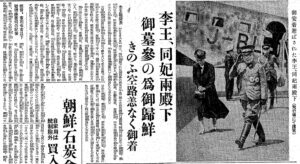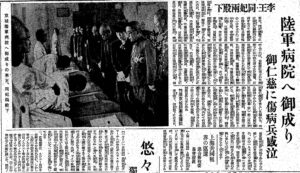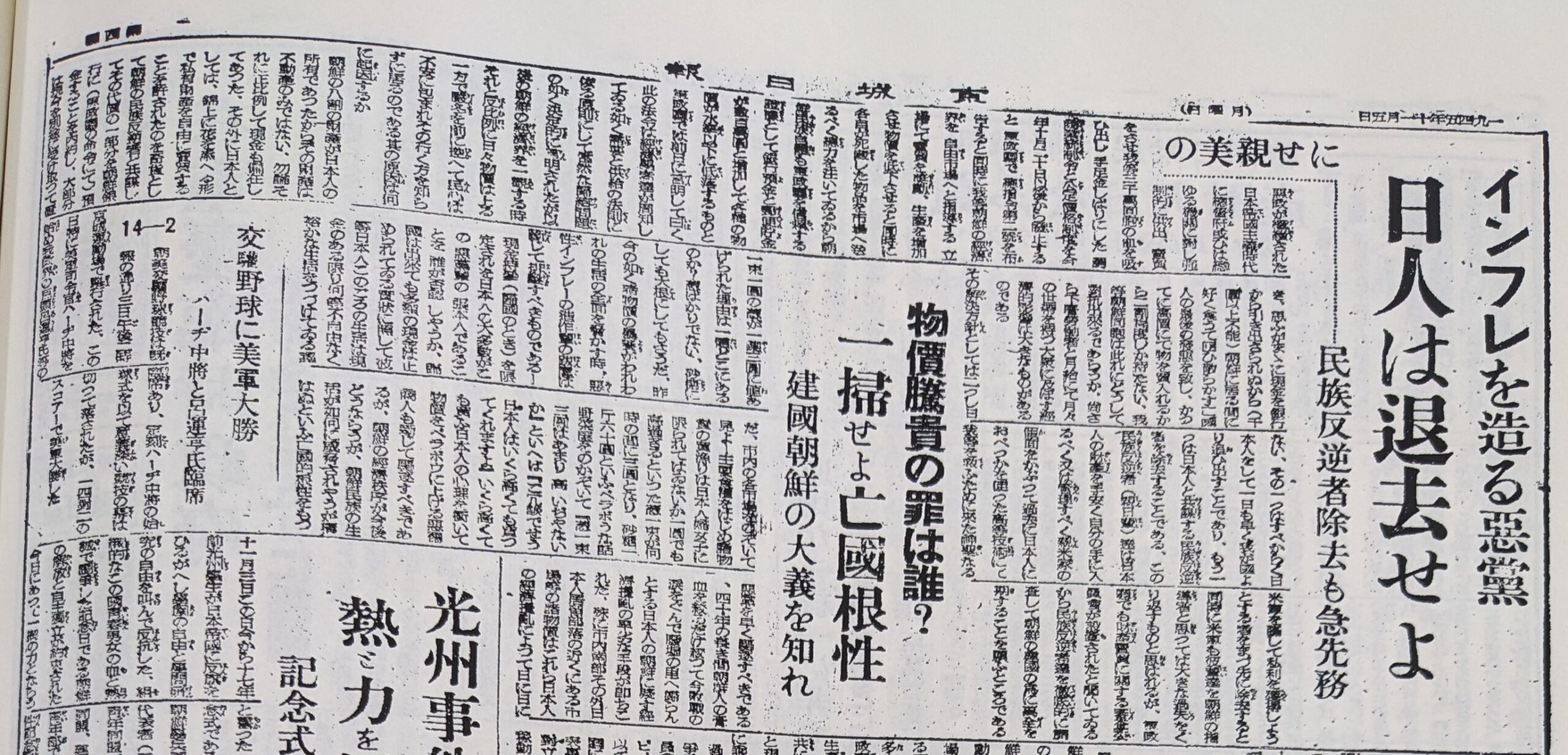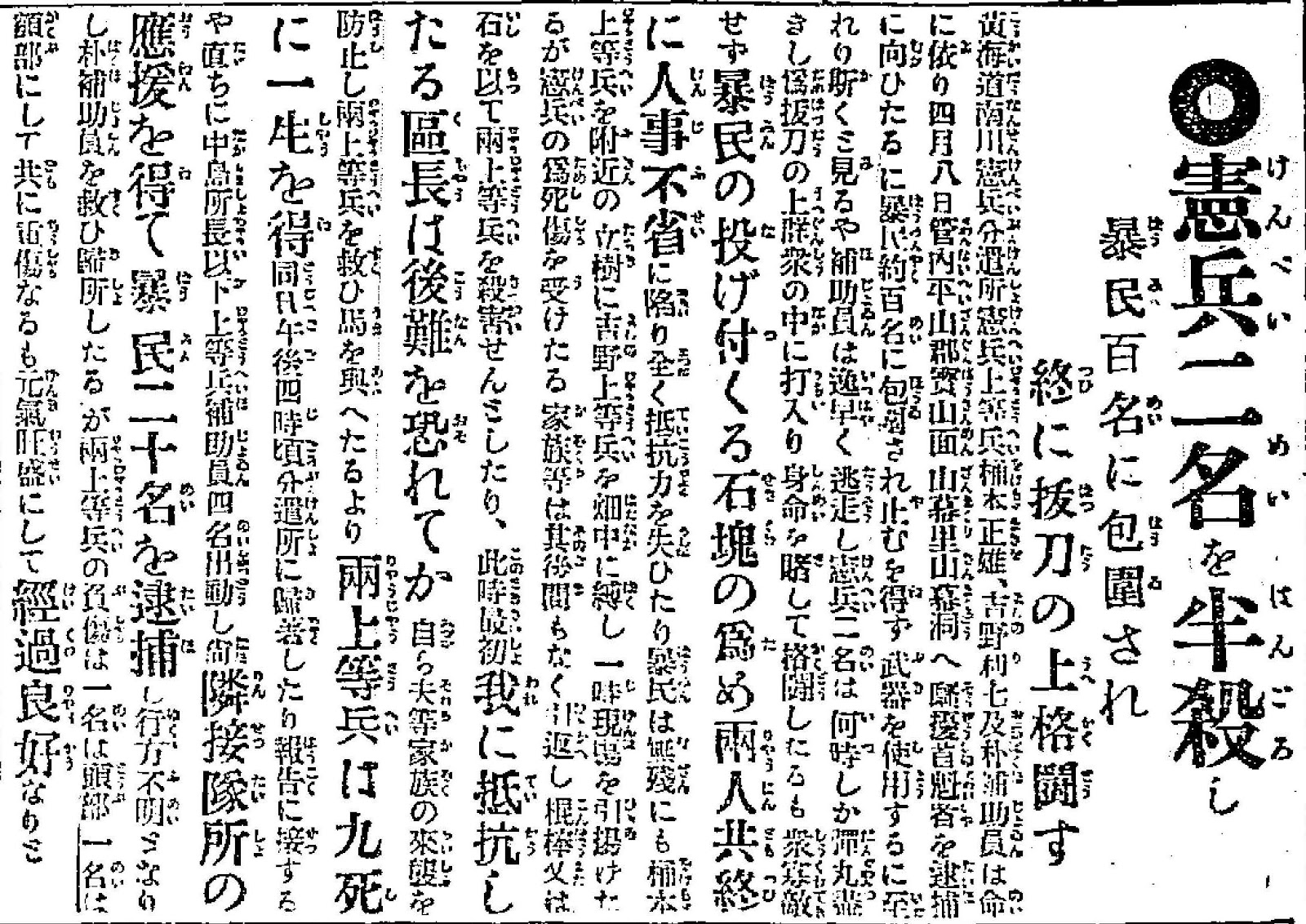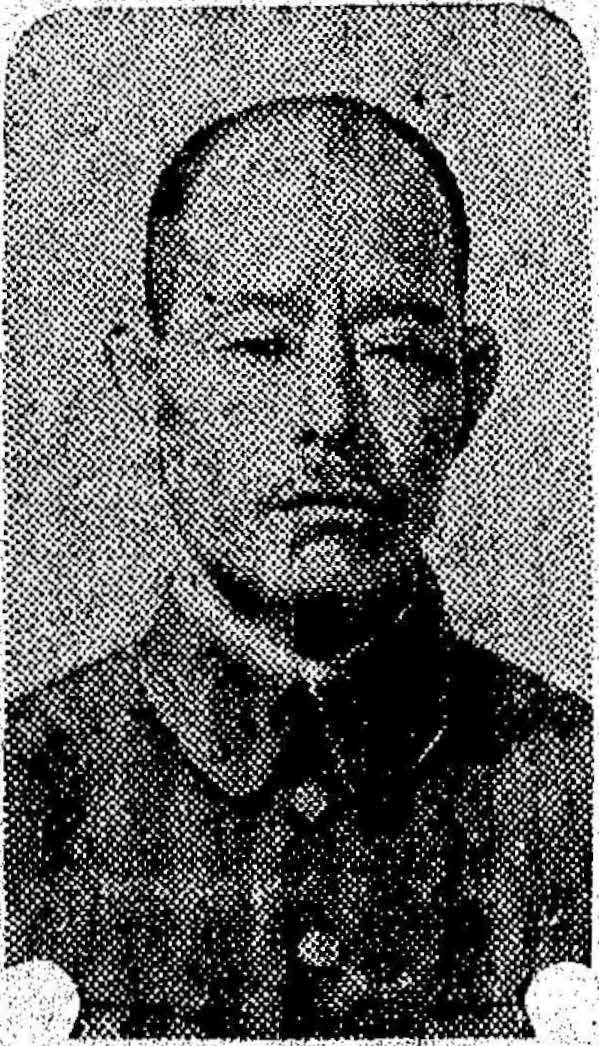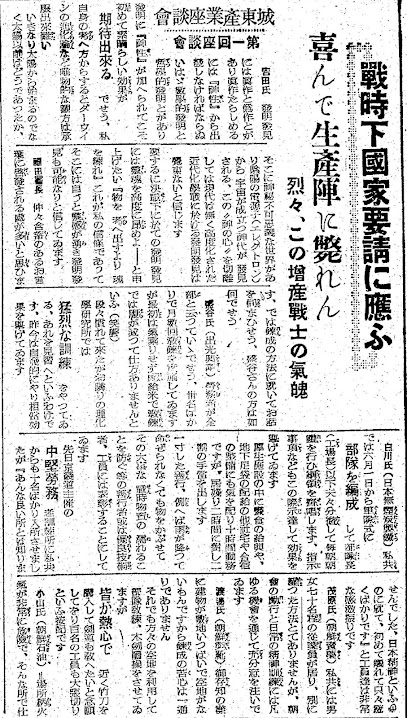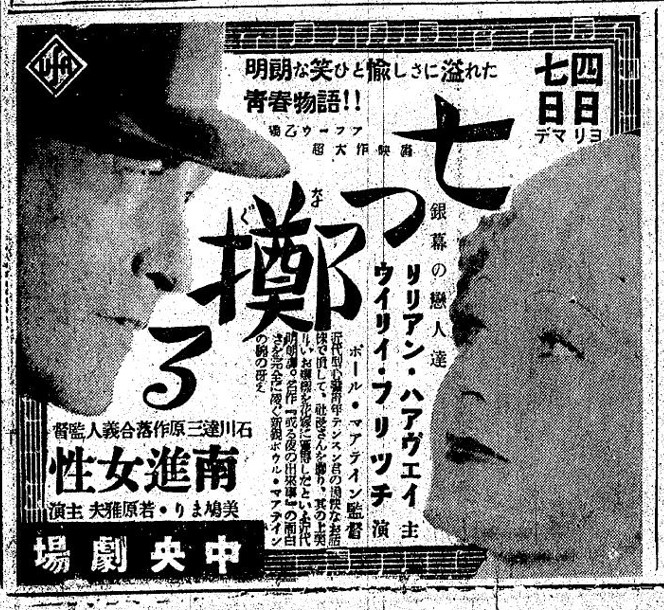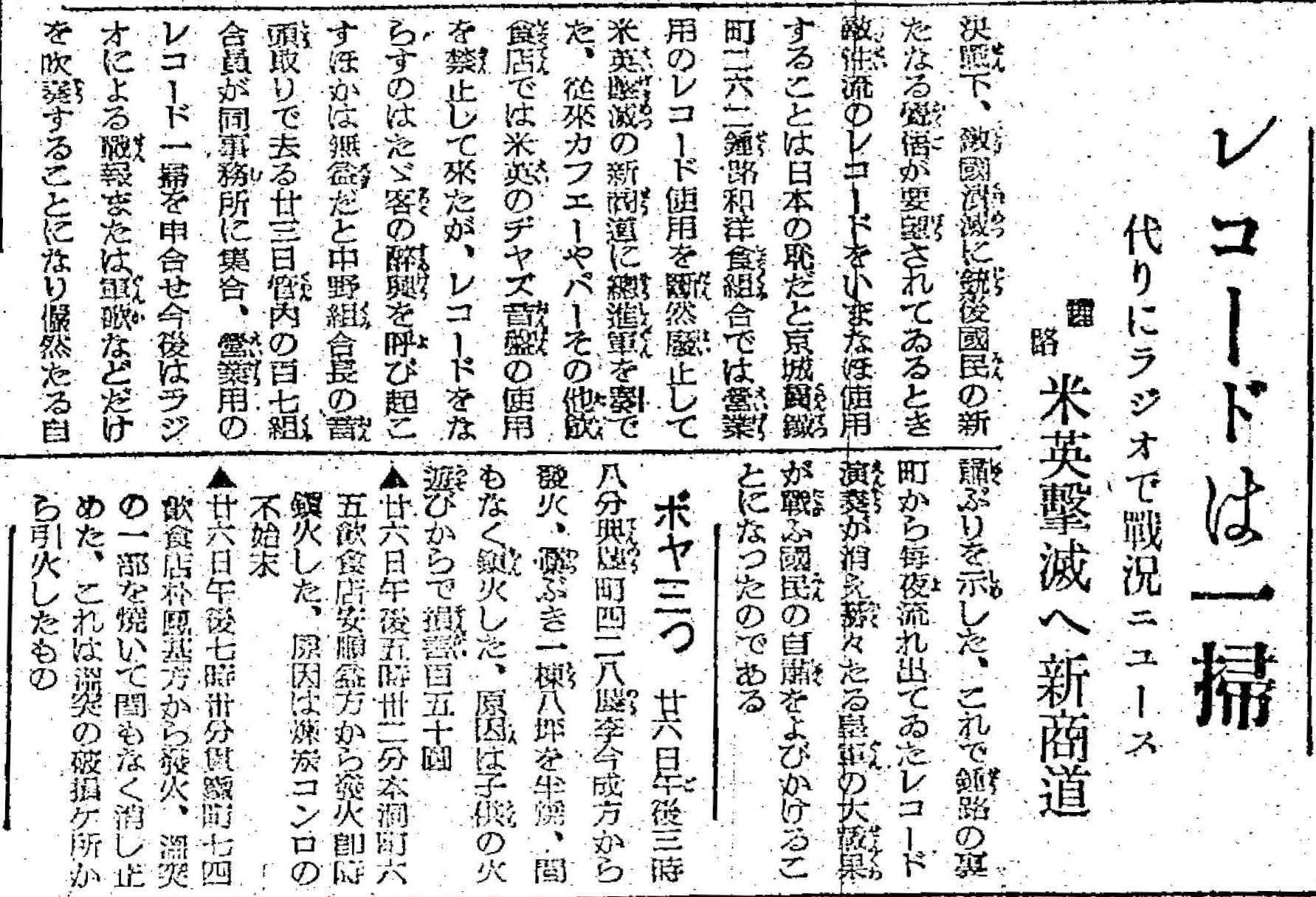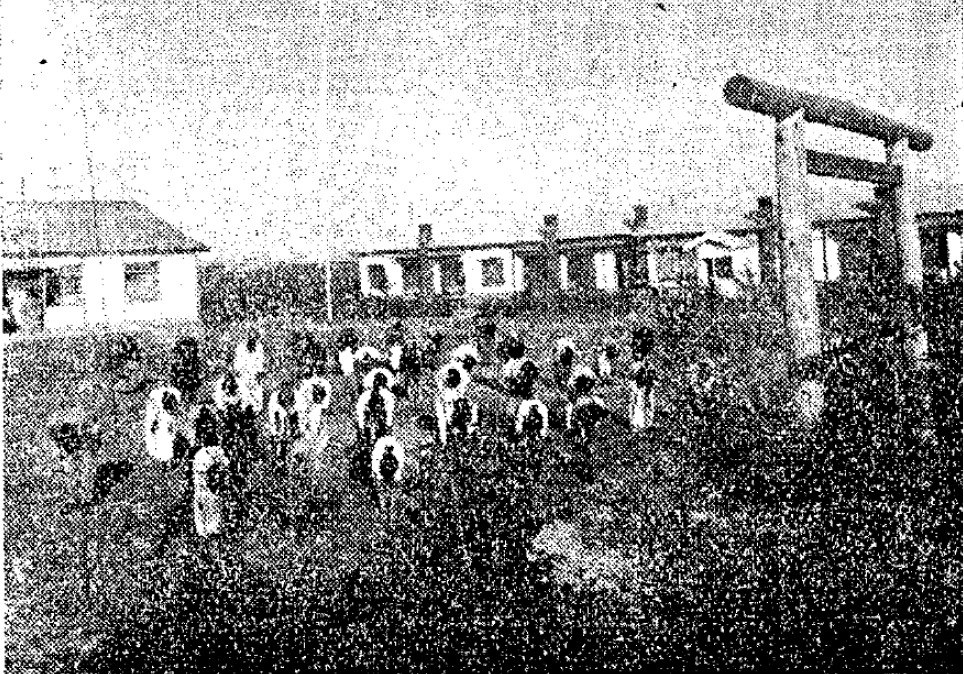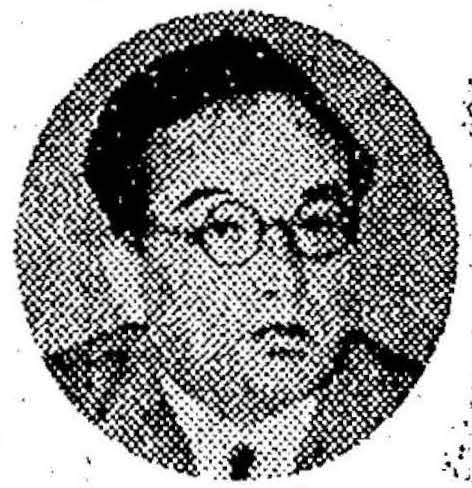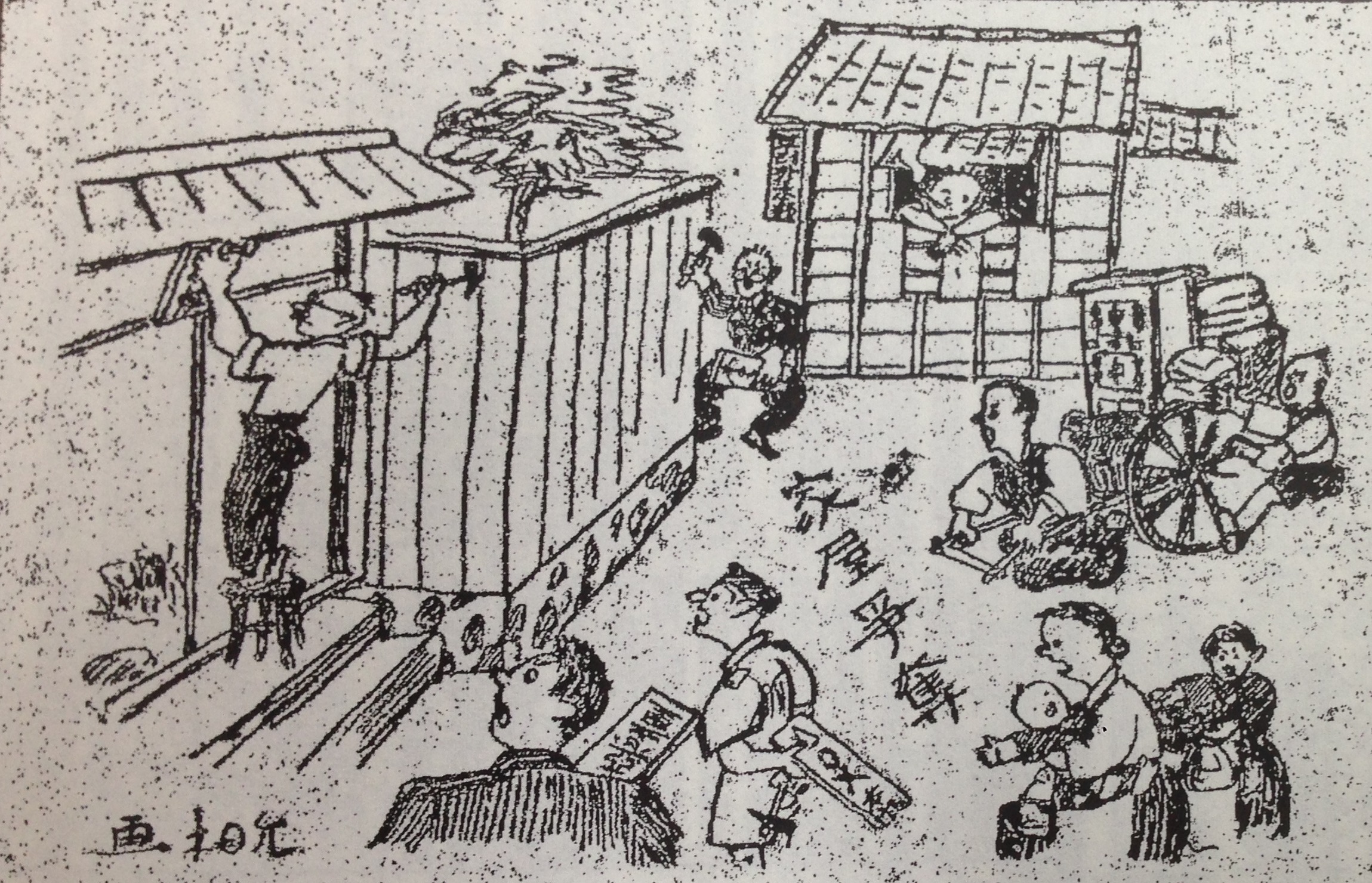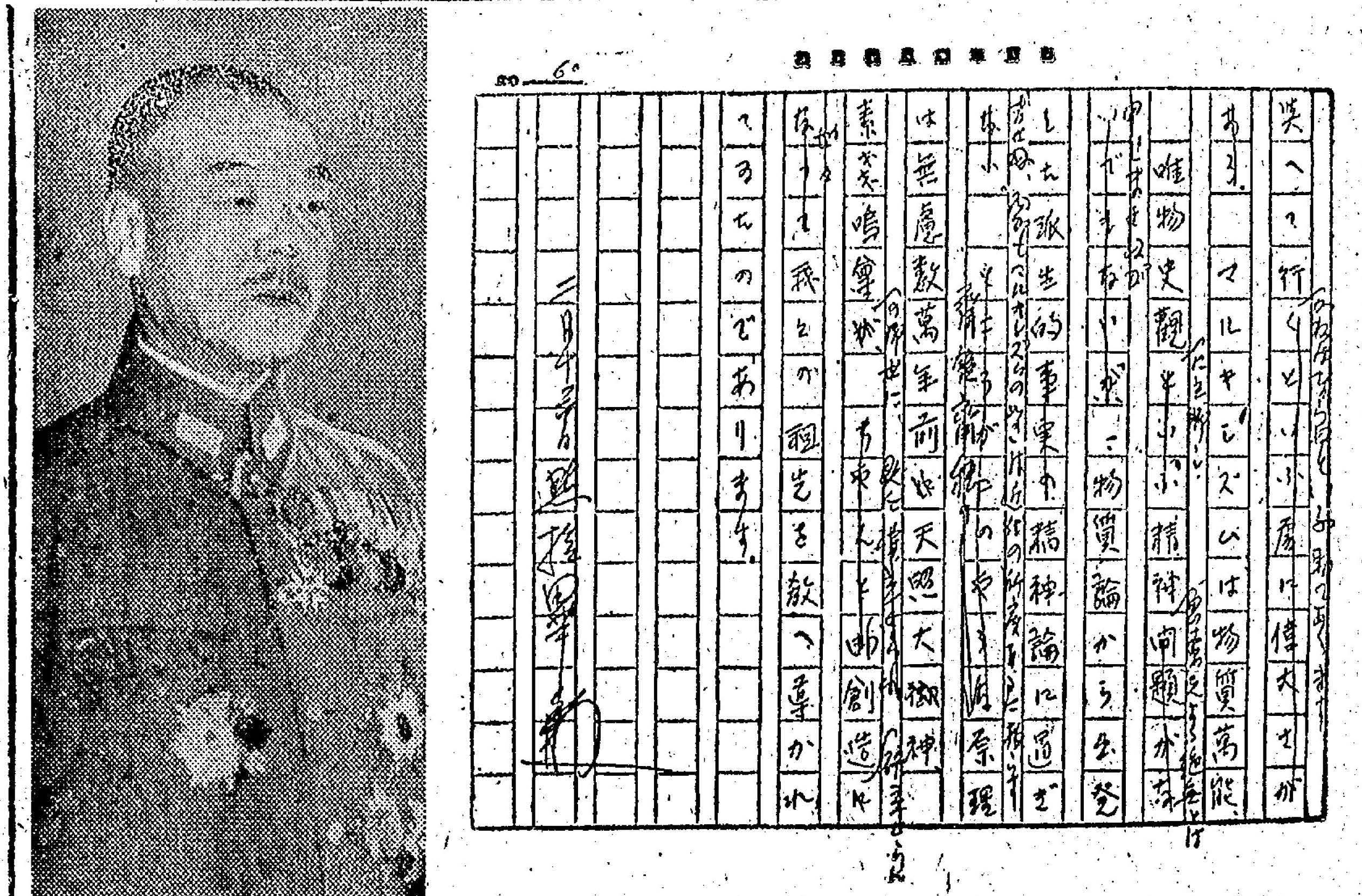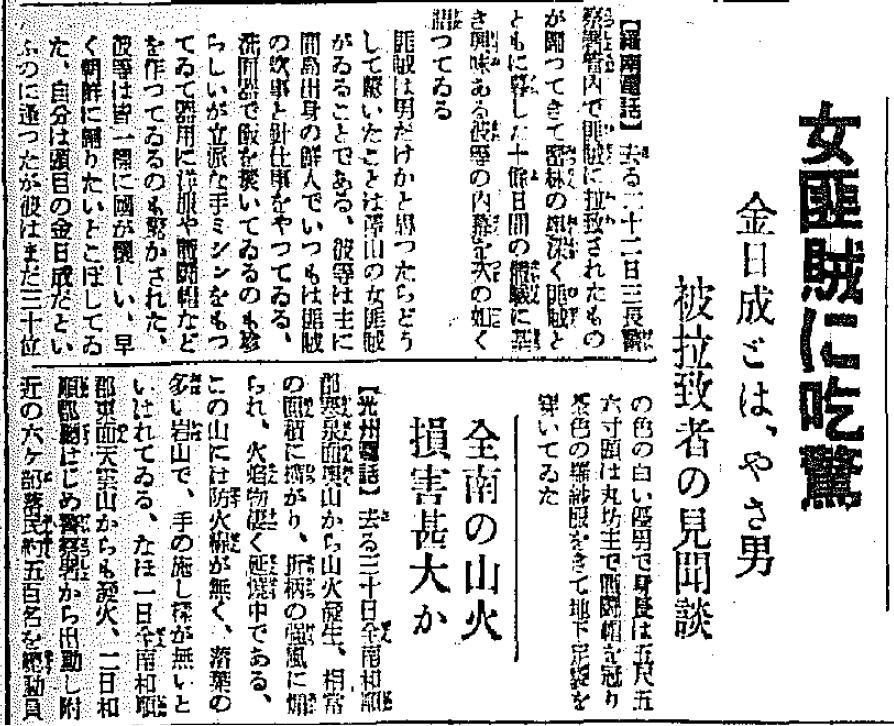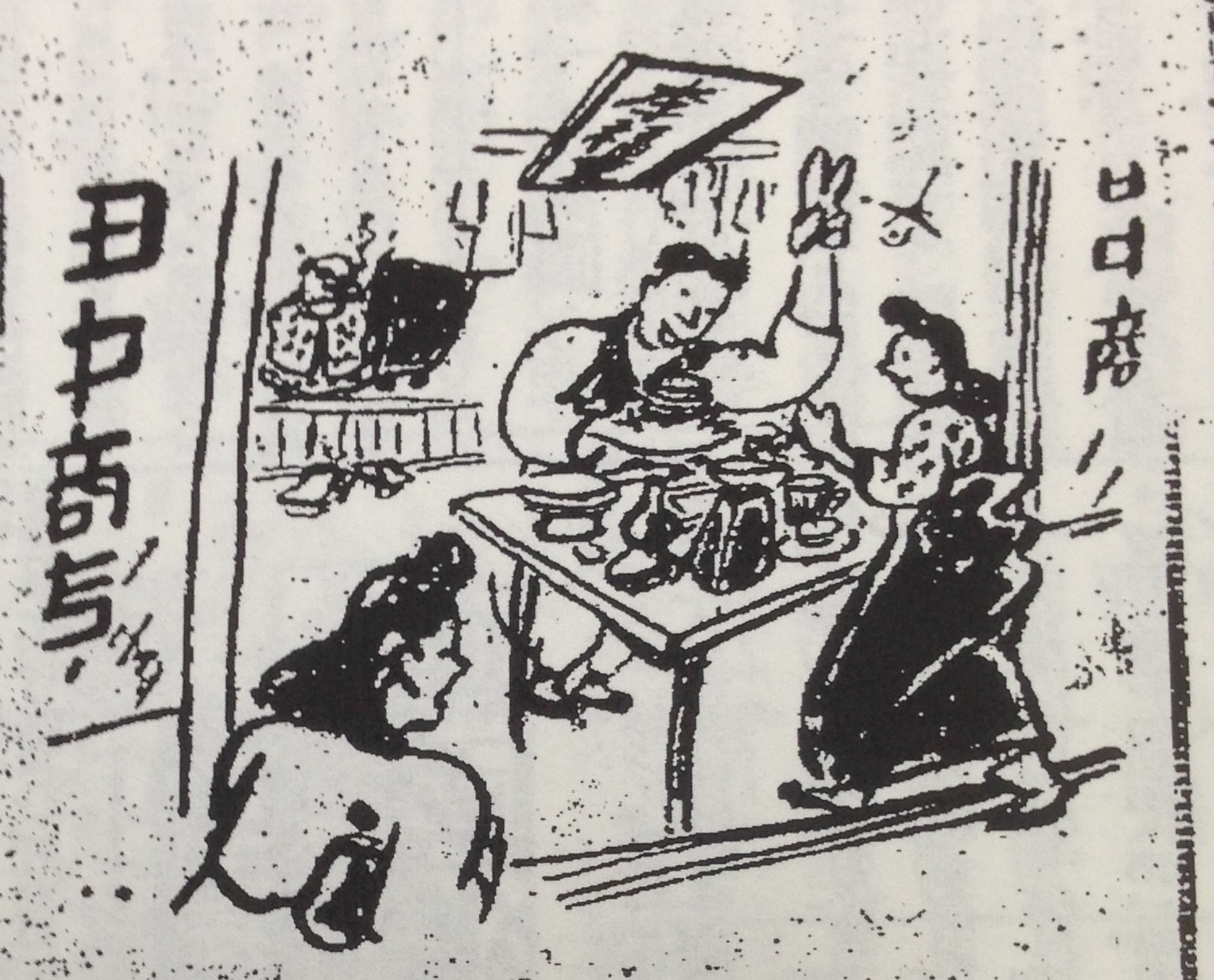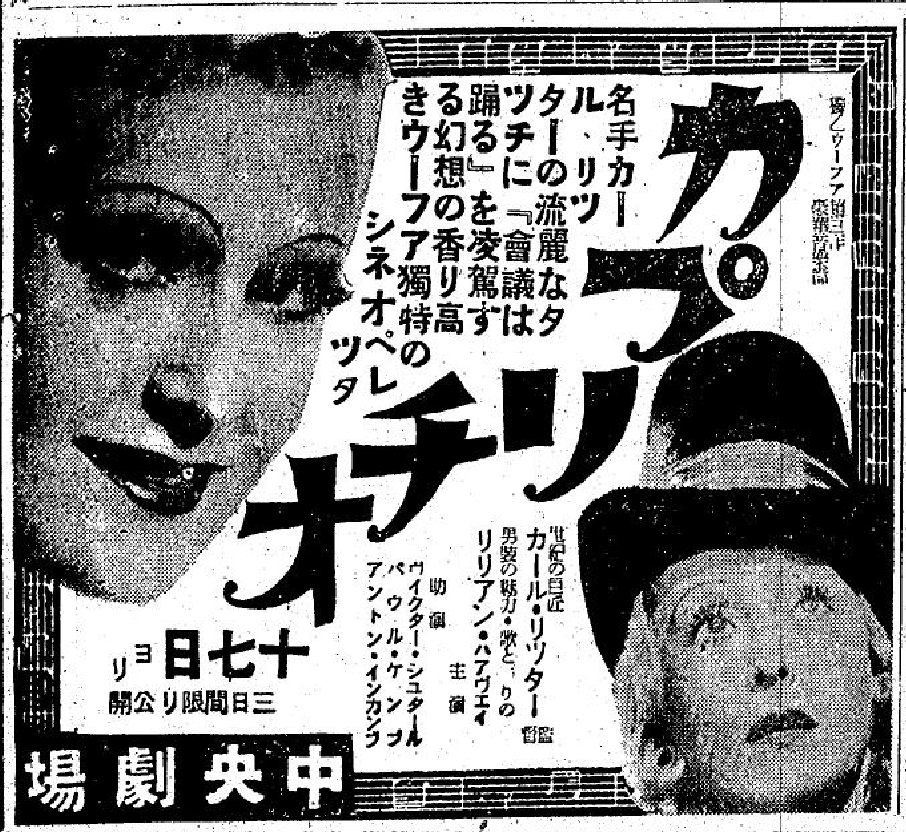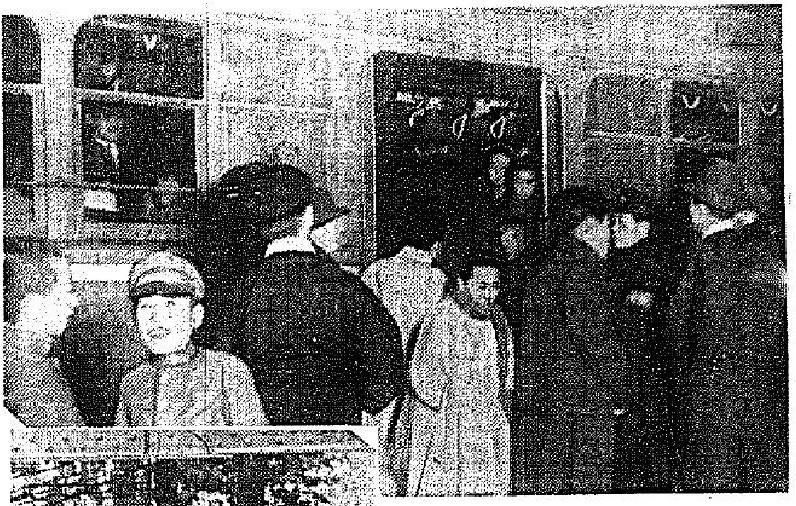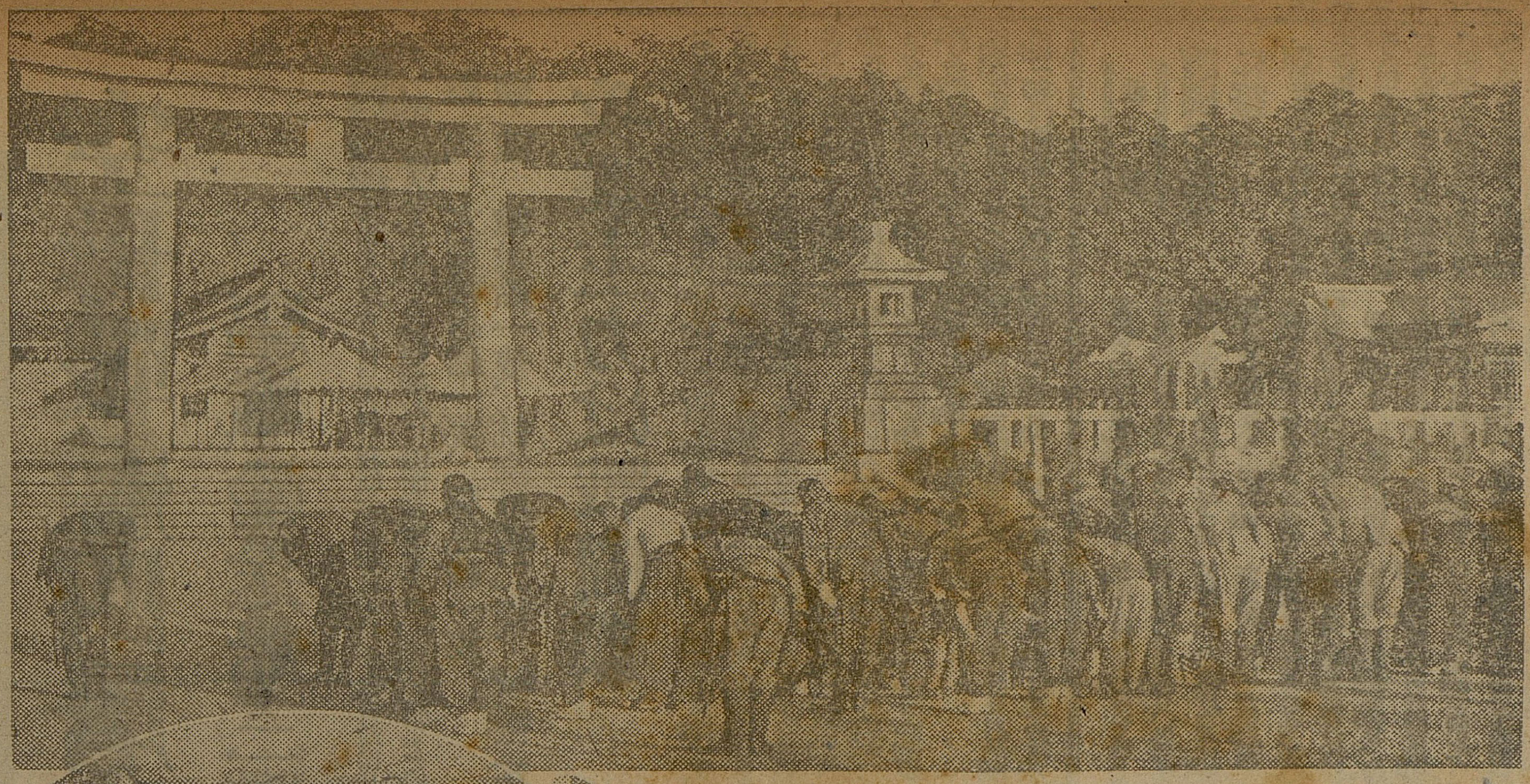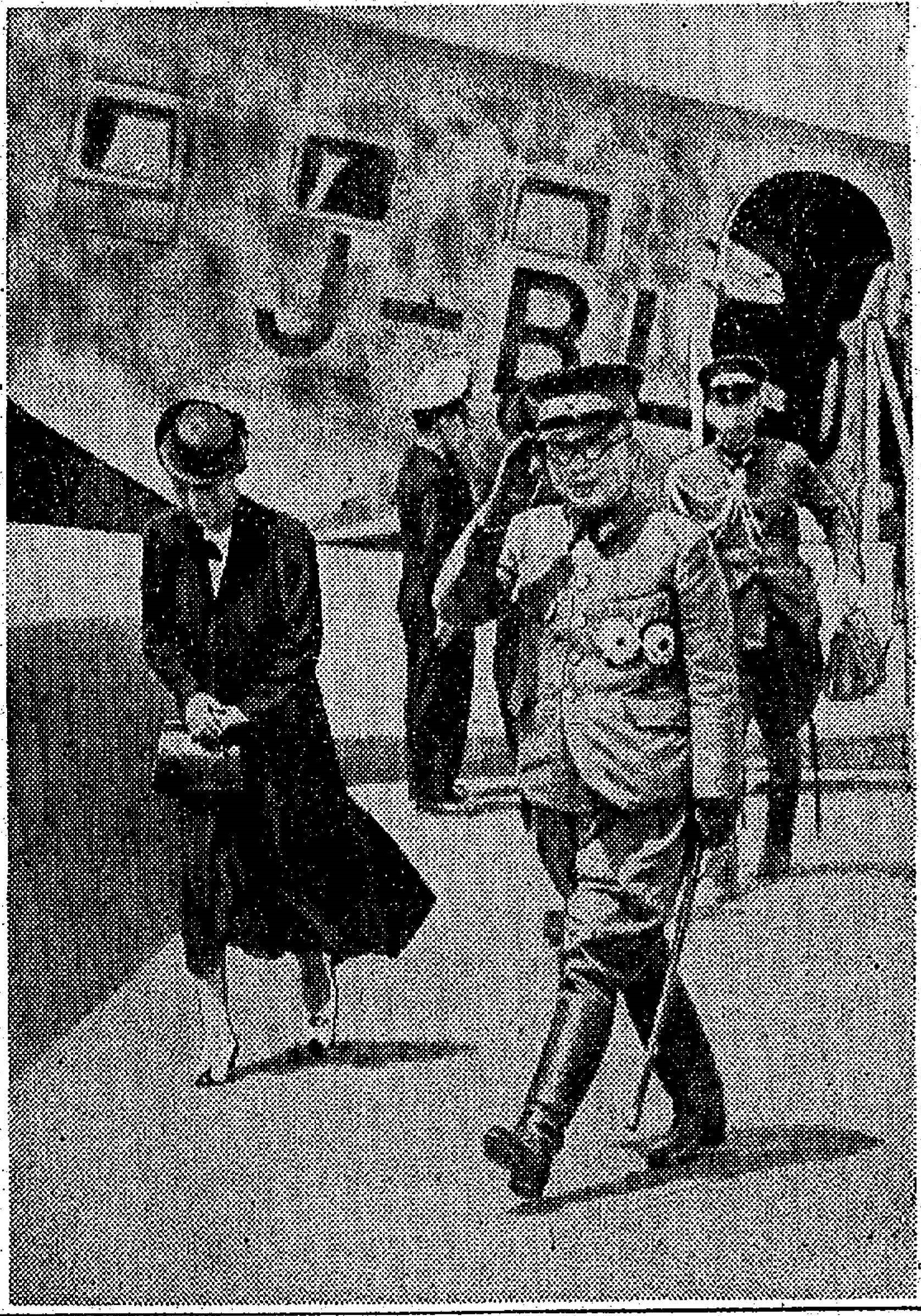
Wartime news coverage of Prince Yi Un (이은, 李垠) and Princess Yi Bangja (이방자, 李方子) fulfilling their royal ceremonial duties on behalf of Imperial Japan as they meet the public, accompanied by an entourage of the top elites of colonial Korean society (July 1943)
2023-07-09
514
1512
In this post, I will focus on some newspaper clippings from July 1943 featuring the Korean royal family, specifically Prince Yi Un (이은, 李垠) and Princess Yi Bangja (이방자, 李方子). Each article featuring the royals is typically written in very formal and respectful Japanese prose, reflecting the extreme deference that they were afforded in colonial Korea. What’s intriguing about these articles is how they present the royals at work, carrying out their ceremonial duties on behalf of the colonial regime. It is quite timely, as it has almost been exactly 80 years since these articles were published.
The Imperial Japanese colonial administration wanted to place a Korean face at the forefront, essentially using the Korean royals to humanize their regime and consequently legitimize their rule to the Korean people. It’s a fascinating albeit complex aspect of colonial Korea’s history that warrants attention.
Among the over one hundred articles that I’ve posted so far, none of them really highlighted the role of the Korean royal family, which is why I decided to translate these clippings. At first glance, these articles may seem quite mundane, showing the royals arriving at the airport and then visiting an army hospital, performing ceremonial functions that might be very familiar to any working member of the modern British or Japanese royal families today. However, their true value lies in the context that they provide.
Whenever the royals visited the public, they were typically accompanied by retinues of powerful and influential figures in colonial Korean society, since proximity to the royals presumably bestowed fame and prestige. Thus, the narrative woven by these articles includes a veritable list of ‘Who’s Who’ of colonial Korea, providing some insight into the power dynamics and the key figures of the era. For external observers trying to understand the workings of the colonial regime, any changes in the names mentioned in these articles could signify shifts in power or changes in the regime’s hierarchy. In other words, reading the names mentioned in these articles is like capturing a snapshot of the key figures in colonial Korea at one moment in time, almost exactly 80 years ago.
I’m posting these translations not only because they’re interesting historical records, but also because they serve as a great starting point for discussions and explorations about colonial Korea, due to the sheer concentration of names of key historical figures in colonial Korean history. To make this post a good reference tool, I have generously added links to key names and institutions that are mentioned in the first article of this post, which are in English, Japanese, or Korean. Each member of the Korean Royal Family has his/her own interesting personal history filled with turmoil and drama, and the same can be said of the key Imperial Japanese figures of the Governor-General’s Office and the Imperial Army, which ruled colonial Korea with an iron fist. Feel free to explore their stories, using these news clippings as the beginning of your journey down the rabbit hole.
(Translation)
Gyeongseong Ilbo (Keijo Nippo) June 29, 1943
Prince Yi Un and his wife, Princess Yi Bangja
Return to Korea to Visit the Royal Tombs
Safely Landed Yesterday by Air
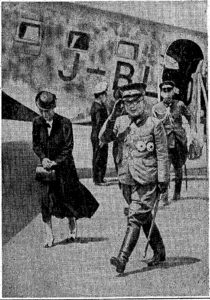
Statement by the Office of the Yi Dynasty
June 28 – Prince Yi Un (이은, 李垠) and his wife, Princess Yi Bangja (이방자, 李方子) returned to Korea for a visit to the royal tombs. At 2:15 PM today, they landed at Seoul Airport, where they were welcomed by Governor-General Koiso, Commander Itagaki, Chief of Civil Administration Tanaka, among other senior officials, their wives, heads of various bureaus at the Governor-General’s Office, Governor of Gyeonggi Province, and Mayor of Seoul, along with many of their close relatives and others. They left the airport at 2:25 PM, and entered Changdeok Palace at 3:00 PM in a good mood.
For the successful completion of the Greater East Asia War, Prince Yi Un took a break from his many military duties, accompanied by Princess Yi Bangja, Secretary Yamashita Heiichi, Military Attaché Lieutenant Colonal Ina Shigenari, Court Physician Okamoto Hinana, and Personal Assistant Miura Kiyoko. To visit the royal tombs, they returned to Korea by air and landed at the Seoul Airport at 2:15 PM on the 28th.
Upon their arrival at the airport, a great number of military and civilian representatives lined up to welcome them: Empress Sunjeonghyo (순정효황후, 純貞孝皇后), Prince Yi Geon (이건, 李鍵), Prince Yi U (이우, 李鍝), Governor-General Koiso and his wife, Commander Itagaki of the Korean Armed Forces, Chief of Civil Administration Tanaka and his wife, Principal Shinoda Jisaku of Seoul Imperial University, Secretariat Director Eguchi and other Department Directors of the Governor-General’s Office, Vice President of the Central Council of the Yi Family, Central Council Advisors Park Jung-yang (박중양, 朴重陽), Han Sang-nyong (한상룡, 韓相龍), Yun Chi-ho (Itō Chikō, 윤치호, 尹致昊), Commander Takehara of Seoul Division, Chief of Staff Ihara of the Korean Army, Commander Kobayashi, Commander Nakai of the Kempeitai (Military Police), Chief of the Office of the Yi Dynasty Lee Hang-gu (이항구, 李恒九), General Hada of the Korean Federation of National Power, Governor of Gyeonggi Province Taka Yasuhiko, Mayor of Seoul Furuichi, and many other representatives of the military, government, and civilian sectors. Their plane made a loop in the air and then landed safely, kicking up a cloud of summer grass.
Prince Yi Un, in his military uniform, and Princess Yi Bangja, in her Western-style dress, stepped off the plane in good spirits, then entered the audience chamber guided by the Chief of the Aviation Division. After being greeted by Empress Sunjeonghyo, Prince Yi Geon, Prince Yi U, Governor-General Koiso, Commander Itagaki, Chief of Civil Administration Tanaka among other senior officials, at 2:25 PM, they left the airport. Prince Yi Un and Princess Yi Bangja looked out over the resilient Korean populace at war on the home front, who tightly lined the streets to greet them while they were on their way to Changdeok Palace, where they arrived safely at 3 PM.
Gyeongseong Ilbo (Keijo Nippo) July 3, 1943
Prince Yi Un and his wife, Princess Yi Bangja Visit the Army Hospital
Wounded Soldiers Moved to Tears by Their Kindness
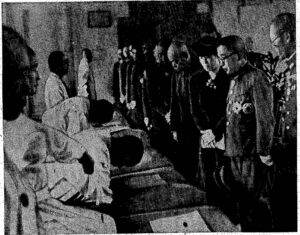
During their stay in Korea, Prince Yi Un and his wife, Princess Yi Bangja, took a day out of their busy schedule to visit the wounded soldiers at the Army Hospital in Seoul. On July 2, at 9 AM, they left Changdeok Palace with Military Attaché Ina Shigenari, Personal Assistant Miura, Court Physician Okamoto, Chief of the Office of the Yi Dynasty Lee Hang-gu (이항구, 李恒九), and Vice-Chief Kojima, among others. At the hospital, where the national flag was flying, Commander Takehara, Chief of Staff Ihara of the Korean Army, Surgeon General Dr. Shindō of the Korean Army, Chief of Staff Aratomi of the Seoul Division, Surgeon General Dr. Niwa of the Seoul Division, and Hospital Director Ishimatsu, among others, lined up inside the main gate to welcome them. Prince Yi Un and Princess Yi Bangja arrived at the hospital by car at 9:15 AM. They were escorted by Hospital Director Ishimatsu to a resting place in the Hospital Director’s office. After a short rest, they received Commander Takehara, Surgeon General Dr. Shindō, Chief of Staff Ihara, Chief of Staff Aratomi of the Seoul Division, Surgeon General Dr. Niwa of the Seoul Division, and Hospital Director Ishimatsu, one by one.
Then, Prince Yi Un and Princess Yi Bangja were led by Hospital Director Ishimatsu into the conference room that was designated as the standing audience room, where they were received by the officers attached to the hospital, and then they returned to the Hospital Director’s office. There, in the presence of Commander Takehara, Chiefs of Staff Ihara and Aratomi, and Surgeons General Dr. Shindō and Dr. Niwa, who were standing at attention, Hospital Director Ishimatsu explained the history and current situation of the Army Hospital. Starting from 9:40 AM, they were led by Hospital Director Ishimatsu and Chief Physician Haida as they visited the second surgical ward and other wards, receiving warm welcomes as Hospital Director Ishimatsu gave explanations. The lightly injured soldiers lined up in the hall of the Patriotic Building. The wounded soldiers who received gifts of sweets and flowers were deeply moved by the kindness of Their Imperial Highnesses, and the wounded soldiers became more and more determined to resume their duties. After resting in the Hospital Director’s office, Their Imperial Highnesses were seen off by Commander Takehara and others at the main gate, and they left the hospital at 10:15 AM, returning to Changdeok Palace.
Commander Takehara of the Seoul Division made a respectful statement: “Today, Prince Yi Un and Princess Yi Bangja personally visited our Seoul Hospital and warmly met with the wounded soldiers. They were deeply touched to hear about the medical condition of each soldier. Upon receiving sweets and flowers as gifts, the soldiers were deeply moved by their kindness and swore to recover and resume their duties.”
(Transcription)
京城日報 1943年6月29日
李王、同妃両殿下
御墓参の為御帰鮮
きのう空路恙なく御着
御安着遊ばされた李王、同妃両殿下(飛行場にて謹写)
李王職発表
【六月二十八日】李王、同妃両殿下には御墓参の為、本日午後二時十五分、京城飛行場御着、同飛行場に於いて小磯総督、板垣軍司令官、田中政務総監初め親任官、同待遇者並びに同夫人、総督府各局長、京畿道知事、京城府尹、主なる御親戚其の他の奉迎を受けさせられ、午後二時二十五分飛行場御発、午後三時御機嫌麗しく昌徳宮に入らせられたり。
大東亜戦争完遂に御多端なる軍務の寸暇をさいて李王垠殿下には同妃方子女王殿下御同伴、事務官山下平一氏、御附武官伊奈重誠中佐、典医岡本陽七氏、御用取扱三浦清子女史を帯同、御墓参のため二十八日午後二時十五分、京城飛行場御着、空路御帰鮮遊ばされた。
飛行場には大妃殿下、李鍵公家、李鍝公家の三御使、小磯総督、同夫人、板垣朝鮮軍司令官、田中政務総監、同夫人、篠田城大総長をはじめ、江口総務局長外総督府各局長、李家中枢院副議長、朴忠重陽、韓相龍、伊東致昊の各中枢院顧問、竹原京城師団長、井原朝鮮軍参謀長、小林部隊長、中井憲兵隊司令官、李恒九李王職長官、波田総連総長、高京畿道知事、古市京城府尹等、軍官民代表者多数整列して奉迎御待ち申しあぐれば、両殿下御搭乗の飛行機は上空を一旋回、夏草を蹴って御安着。
凛とした軍装の李王垠殿下、御洋装の同妃殿下には御機嫌麗しく降り立たせられ、下城航空課長の先導にて賜謁室に入らせられ、大妃殿下、李鍵公家、李鍝公家の御使をはじめ小磯総督、板垣軍司令官、田中政務総監外親任官、同待遇者に謁を賜わり、同二時二十五分飛行場御発、沿道堵列して奉迎申し上ぐれば両殿下には決戦下銃後の逞しき半島民衆の上に御目をとどめさせられながら御恙なく同三時、昌徳宮に入らせられた。
京城日報 1943年7月3日
李王、同妃両殿下、陸軍病院へ御成り
御仁慈に傷病兵感泣
京城陸軍病院へ御成りの李王、同妃両殿下
李王、同妃両殿下には傷病兵御慰問の思召をもって御帰鮮中の御多端なる御日程の一日をさかれ、二日午前九時、伊奈御附武官、三浦御用取扱、岡本典医、李恒九李王職長官、児嶋同次官等を帯同、昌徳宮を御出発。京城陸軍病院に御成り遊ばされたこの日、病院では国旗を掲げ、竹原京城師団長、井原朝鮮軍参謀長、進藤同軍医部長、有富京城師団参謀長、丹羽同軍医部長、石松病院長以下将校等正門内に整列。奉迎申上ぐれば、自動車に召された両殿下には午前九時十五分御着。石松病院長の御先導にて病院長室の御休所に入らせられ御少憩の御のち竹原師団長、進藤朝鮮軍軍医部長、井原同参謀長、有富京城師団参謀長、丹羽同軍医部長、石松病院長に単独に謁を賜う。
次で両殿下には石松病院長の御先導にて列立拝謁室に当てられた会議室に入らせられ、病院附将校に列立拝謁を賜うた御のち、病院長室に御引返しになり、竹原師団長、井原朝鮮軍、有富師団両参謀長、進藤朝鮮軍、丹羽師団両軍医部長侍立のもとに石松病院長は陸軍病院の沿革、現状等の概況を言上した御のち、同九時四十分から石松病院長御先導、灰田診療主任扈従し、第二外科病室から順次御慰問、有難き御下問を拝し石松病院長から御説明申上げる。軽傷者は愛国館広間に整列奉拝し、御見舞いの御菓子料、御花を戴いた傷病兵は両殿下の御仁慈を恐懼感激し、益々再起奉公の決意を固めた。両殿下には病院長室に御休憩の御のち、正門内にて竹原師団長以下の奉送を受けさせられ、同十時十五分病院を御発、昌徳宮に御帰宮あらせられた。
竹原京城師団長謹話:李王殿下、同妃殿下には本日、当京城病院にお成りあらせられ親しく傷病兵を御見舞いあらせられ、その一人一人につき病状等を御聞き召され感激に堪えません。また御菓子料、御花を戴きまして傷病兵一同はこの厚き御心に対しまして心に深く再起奉公を誓ったことと存じます。
Source 1: https://www.archive.org/details/kjnp-1943-06-29
Source 2: https://www.archive.org/details/kjnp-1943-07-03
